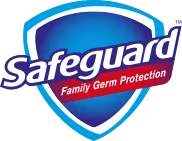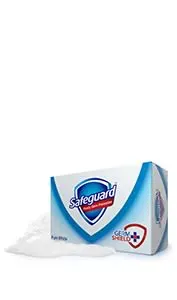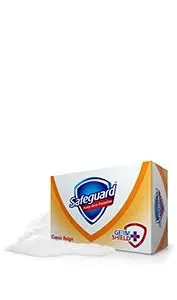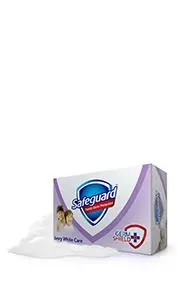- Home/
- Health Education/
- Germ & Infectious Disease/
How to Identify and Help Prevent H1N1 (Swine Flu)
How to Identify and Help Prevent H1N1 (Swine Flu)
SHARE
What Is H1N1 (Swine Flu)?
H1N1 is a flu virus that is sometimes called swine flu, because it is similar to a virus found in pigs. In 2009, H1N1 caused a worldwide pandemic, but it is now a seasonal flu virus. The symptoms of H1N1 are similar to seasonal flu symptoms. They include fever, cough and/or sore throat, a runny or stuffy nose, headaches and body aches, chills, fatigue, and nausea, vomiting, and or/diarrhea.
What Causes H1N1 (Swine Flu)?
The H1N1 flu virus spreads between people the same way seasonal flu viruses spread—when a person contagious with the flu coughs or sneezes on or near another person, or talks and droplets with flu germs land in another person’s mouth or nose. H1N1 also can be contracted when a person touches a surface that has the virus on it, and then touches his or her mouth, nose, or eyes. H1N1 cannot be contracting by eating cooked pork, or pork products, if it has been properly handled. The majority of people who contract the H1N1 flu get better after one or two weeks. Most adults are contagious from one day before symptoms develop until five to seven days after symptoms appear.
How Can Safeguard Help Prevent H1N1 (Swine Flu)?
<aBecause H1N1 is a virus, frequent hand washing can be an important part of daily hygiene, for both you and your family. While no soap can protect against the viral germs that cause H1N1, Safeguard with GermShield+ keeps 3 of 4 germ types





